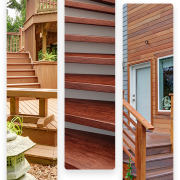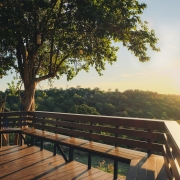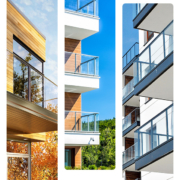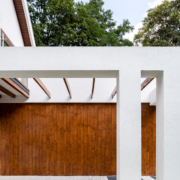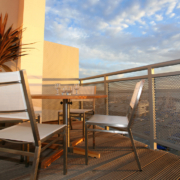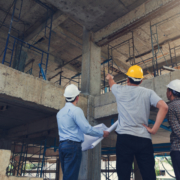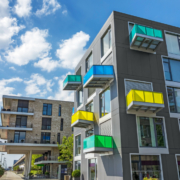The Best Materials to Use for Modern Elevated Decks
Homeowners are now presented with a wide range of materials for home elevated decks, providing limitless ways to customize your deck just to your liking and stand out from the crowd. But with so much to choose from, picking the right material for your elevated decks can be a grueling process.
Before pushing through with your home deck plans, have a look at the list below to see which material might be the best fit for you.
Your choice deck materials are as follows:
Pressure-treated lumber
This is an affordable, easy to find, durable material and is generally recommended for small, elevated decks; however, PT lumbers are prone to warping, shrinking, and swelling when exposed to harsh elements and might require more upkeep depending the climate you live in.
Composites
This choice is easy to clean, weather-resistant, almost maintenance-free, and available in a variety of colors and features. Composites are more expensive compared to PT lumbers.
Aluminum
This is probably the perfect material for elevated decks as it is excellently rot and mold resistant. Aluminum is also a lot lighter when compared to wood, composite, and plastic materials. More so, it is exceptionally durable compared to most elevated decks materials.
Tropical hardwoods
Naturally resistant to insects, makes tropical hardwoods a good material choice. However, expect to shell out a good amount of money as this can be a harder find.
Red and Cedar
These materials add natural beauty to your elevated decks due to its rich and natural color. Both are also chemically treated making them resistant to rot, decay, and insects.
Have an elevated deck that’s up for inspection? Click here to get in contact with our qualified deck inspectors!
Deck Inspectors for Southern California is happy to offer our services in Los Angeles, Orange County as well as San Diego and all Southern California surrounding areas like: Glendale, Pasadena, Burbank, Santa Monica, Anaheim, Temecula, Vista, Escondido, Carlsbad, and El Cajon

